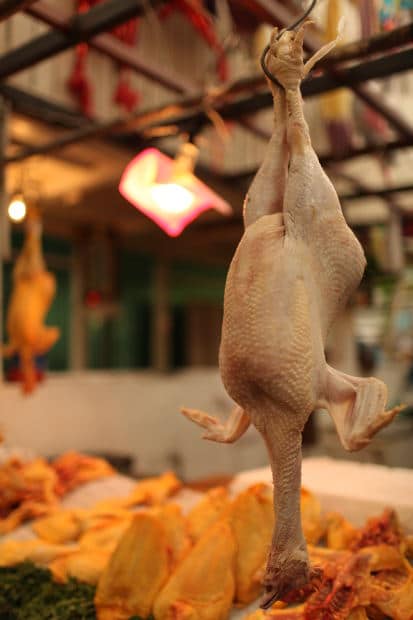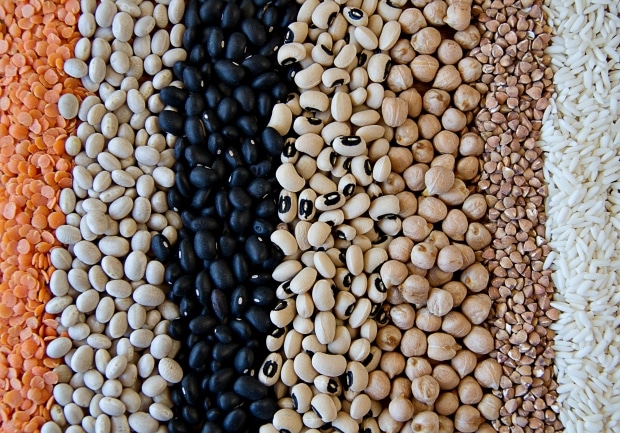
Seafood and Poultry Rich Diet and Gout Risk
According to a 2015 Singapore study, published in the American College of Rheumatology’s official journal, Arthritis & Rheumatology, a diet that relies mainly on fish, shellfish and poultry for protein, has a significantly increased risk of gout; whilst a plant-based protein diet reduces that risk.
At least in the Chinese community; because the research was based on data taken from the Singapore Chinese Health Study; a long-term population-based study of diet and health in Chinese men and women aged 45-74 years in Singapore.
The gout researchers’ objective was to:
“…examine the relationship between the consumption of dietary protein from each of its major sources and the risk of gout in a Chinese population.”
The study concluded:
“In this Chinese population living in Singapore, higher total dietary protein intake from mainly poultry and fish/shellfish was associated with an increased risk of gout, while dietary intake of soy and nonsoy legumes was associated with a reduced risk of gout.”

In simple terms, analysis of the data showed that those who ate the most fish, shellfish and poultry had a higher incidence of gout compared to those who ate the least fish, shellfish and poultry in their diets.
Furthermore, those who ate the most plant-based protein, including soy and non-soy legumes, had a lower incidence of gout than those who ate the least plant-based protein.
The study also found a positive association between red meat and a higher risk of gout. Interestingly, the level of risk was reduced somewhat after the research team made adjustments for other variables in their subjects’ diets. But a higher risk still existed among those who ate the most red meat compared to those who ate the least red meat.
The findings are important because this was a long-term study based on 63,257 Chinese adults, aged between 45 and 74 with an average age of just over 61. The researchers compared protein sources in subjects’ diets with the incidence of gout over an average period of just over 11 years.
Commenting further on their findings the report authors said:
“The present study demonstrated that among the Chinese population in Singapore, higher consumption of poultry, fish, and shellfish, but not eggs, nuts, seeds, and grain products, was associated with an increased risk of gout. This is also the first prospective study to show a possible protective association of soy foods and legumes on the risk of developing gout.” (My emphasis.)

In terms of western diets there are no surprises here, except the ‘possible protective association’ with soy foods and legumes. In the west we’ve generally been told to avoid or seriously reduce the consumption of red meat, poultry, fish, and shellfish. And various studies have borne this out. But, we’ve also been advised to do the same with soy and dried legumes. So what’s going on?
First off, as the authors of the study have said, this is the first prospective study to show a ‘protective’ association of soy foods and legumes. So, while the results of this one study are very positive, more research is needed to corroborate their findings.
Secondly, the term ‘legumes’ covers many different foods, each with varying concentrations of purines: some with high levels, some moderately high, and some with relatively low levels of purines.
For example, according to purinelist.com, white beans have more purines than things like;
- cod
- haddock
- plaice
- sole
- salmon
- oyster
- shrimp
- caviar
- lobster
- lean pork
- lean veal
- duck
- turkey
- goose
- pheasant
- venison
- rabbit
And although tofu itself is low in purines, soybeans have even more purines than white beans, and more than;
- herring
- herring roe
- trout
- mutton
- veal
- lean lamb
- horse meat
So, it may still be prudent to perhaps follow the advice given by the UK Gout Society;
“…consume dried peas, beans and legumes – baked beans, kidney beans,
soya beans and peas etc., in moderation.”



